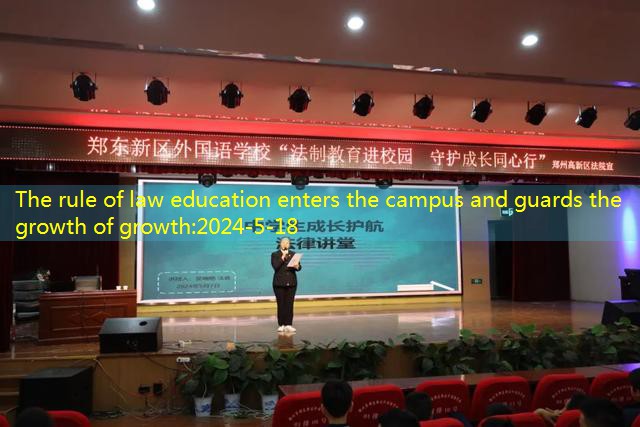Introduction:
In February 1960, a groundbreaking event unfolded in Greensboro, North Carolina, that would come to be known as the Greensboro Sit-Ins. It was a pivotal moment in the civil rights movement, showcasing the power of nonviolent protest and igniting a wave of similar actions across the United States. The significance of this event cannot be overstated, as it marked a turning point in the fight against racial segregation and discrimination in America.
On February 1, 1960, four African American college students from North Carolina Agricultural and Technical State University, commonly known as the A&T Four, decided to take a stand against the prevalent racial segregation policies. Ezell Blair Jr., Franklin McCain, Joseph McNeil, and David Richmond, all freshmen at the university, entered the Woolworth’s department store on Elm Street in downtown Greensboro, determined to challenge the discriminatory system that had long endured.
They made their way to the store’s “whites-only” lunch counter and took their seats. Aware of the potential consequences they could face, the four students calmly and courageously sat at the counter, politely requesting service, despite being refused repeatedly by the employees. As word spread throughout the store, spectators began to gather, curious and intrigued by this act of resistance.

The sit-in demonstration continued the following day with an increasing number of participants. Joined by white college students and local activists, the protest grew in size and attracted media attention. The determined protesters remained steadfast in their commitment to nonviolence, despite facing hostility and threats from some members of the public.
The Greensboro Sit-Ins sparked a fire that quickly spread to other cities across the nation. Sit-ins, boycotts, and demonstrations began at lunch counters, restaurants, and other public accommodations that enforced segregation. Inspired by the bravery of the A&T Four, people began to realize the power of peaceful protest as a means to effect change.
The momentum generated by the Greensboro Sit-Ins was instrumental in the desegregation of public facilities and the passing of civil rights legislation in the years that followed. Ultimately, the sit-ins proved to be a critical catalyst for the progress of the civil rights movement, challenging the deeply ingrained racial prejudices of the era and advancing the cause of equality for all.
In retrospect, the Greensboro Sit-Ins of February 1960 were a defining moment in American history, showcasing the bravery and determination of those fighting against racial injustice. This pivotal event exemplified the power of peaceful resistance and became a symbol of hope for countless individuals striving for a more equitable society.












